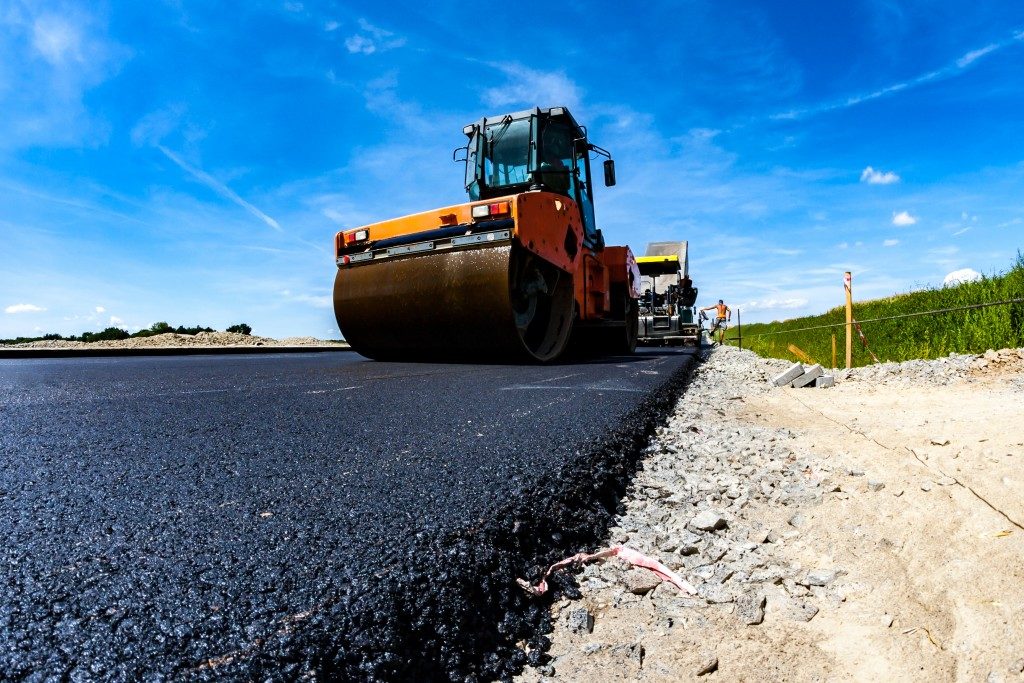Asphalt remains the most durable material for sidewalks and driveways in residential and commercial properties. The material is however still prone to a range of failures from the elements it is exposed to. One of the common types of asphalt pavement failures is distortion. This follows a severe weakness in your pavement’s subgrade which causes the shifting of asphalt before its proper setting. Distortion generally results from shoddy artistry, harsh weather and physical pressures in high traffic areas.
Before embarking on your commercial floor repair, the technician you hire will first assess the type of distortion. This enables him/her to tailor a solution which will adequately address the damage since different types of distortion are pointers to various underlying problems which should be addressed to avert future failures. Here are the kinds of asphalt pavement distortion.
Rutting
This refers to an instance when the pavement becomes uneven and causes the development of deep and shallow ruts. The ruts form a reservoir for rainwater which will erode your pavement over time. Rutting is generally worse in commercial establishments owing to the high foot and vehicular traffic. Narrow ruts point to a surface failure which can be addressed by pavement treatments. Wide ones, on the other hand, indicate deep issues which might necessitate the shimming of your pavement and, in severe cases, its reconstruction.
Shoving and Corrugation

Corrugation is a formation of ripples which look like those on a washboard while the ripples in shoving have a wavy-like look and localised bulges. Both forms of distortion are caused by a mix of layering, heavy traffic, poor material bonding, and poor subgrade amalgamation. Minor shoving and corrugation can be repaired by patching while extensive failure will require a manual overlay.
Depressions
These are small sunken localised areas on your pavement which create an uneven ground for driving and walking. Depressions often indicate an unstable subgrade. As such, their repair includes digging up the affected subgrade and replacing it with a more durable and high-quality aggregate.
Swelling
An upward bulge on your pavement characterises this. The bump might occur suddenly over an area or grow gradually into from a wave into a bulge. Both types of pavement bulges are accompanied by surface cracking and result from frosting in the pavement’s subgrade or swelling soil. Pavement swelling repair involves a complete overhaul of the affected area and filling it using a superior asphalt mix.
Patch Failure
This happens in the repaired section of your pavement. It results from poor material compaction, heavy traffic, and overexposure to harsh weather. The repair option, in this case, is to re-patch the damaged section.
Throughout your asphalt pavement’s life, you might need routine repairs to keep it in good shape. This is sometimes inevitable because asphalt is generally used outdoors and you might not have much control over the weather elements and traffic it is exposed to. The best way to minimise the frequency of repairs for the above types of distortion is to get a professional to handle the repairs from the start. Opting for DIY repairs will only increase the damage on your pavements and necessitate future extensive and costly repairs.

